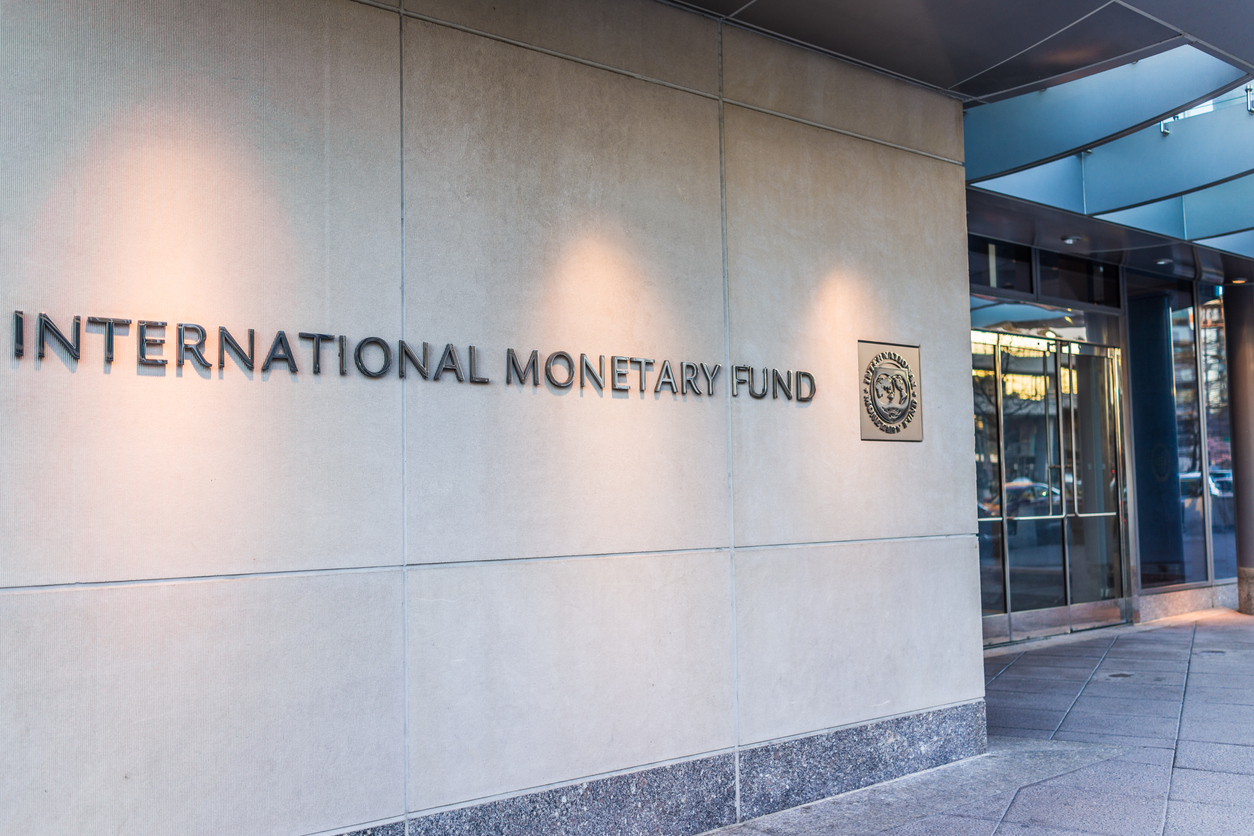
August 13, 2024
Subramanian's projection is based on the "rule of 72," which suggests that the economy could double every six years at a 12% dollar growth rate
India’s current private credit to GDP ratio is 58%, significantly behind advanced economies, indicating room for growth, especially through financial inclusion initiatives
For sustainable growth, government borrowings should focus on asset creation rather than subsidies or revenue expenditures
Subramanian cited Japan’s economic expansion from US$215 billion in 1970 to US$5.1 trillion in 1995 as an example of how rapid growth is possible

According to Krishnamurthy V Subramanian, Executive Director of the International Monetary Fund (IMF), India could become a US$55 trillion economy by 2047. He stated that if state and central governments work diligently to implement growth-oriented policies, the country could achieve an 8% GDP growth rate, which is crucial for reaching this ambitious target.
Subramanian’s forecast, discussed during the launch of his book India @100 at the Indian School of Business (ISB), relies on the “rule of 72.” This rule applied to a 12% dollar growth rate (8% GDP growth, 5% inflation, and 1% rupee depreciation against the dollar), suggests that India’s economy, currently valued at US$3.25 trillion, could see four doublings by 2047, resulting in a US$52 trillion economy.
While acknowledging India’s current private credit to GDP ratio of 58%—significantly behind the 200% ratio seen in advanced economies—Subramanian highlighted the importance of continued efforts in financial inclusion, such as those achieved through the Pradhan Mantri Jan-Dhan Yojana.
He emphasised that government borrowings should be used to create assets rather than fund subsidies or revenue expenditures. Subramanian pointed out the need for investments in physical infrastructure, human capital, healthcare, and digital capital, all of which are critical for the nation’s sustained growth.
Subramanian also referenced Japan’s rapid economic growth as an example, noting that it expanded from US$215 billion in 1970 to US$5.1 trillion in 1995, illustrating how significant economic advancements can be achieved within a relatively short period.
Source: Economic Times